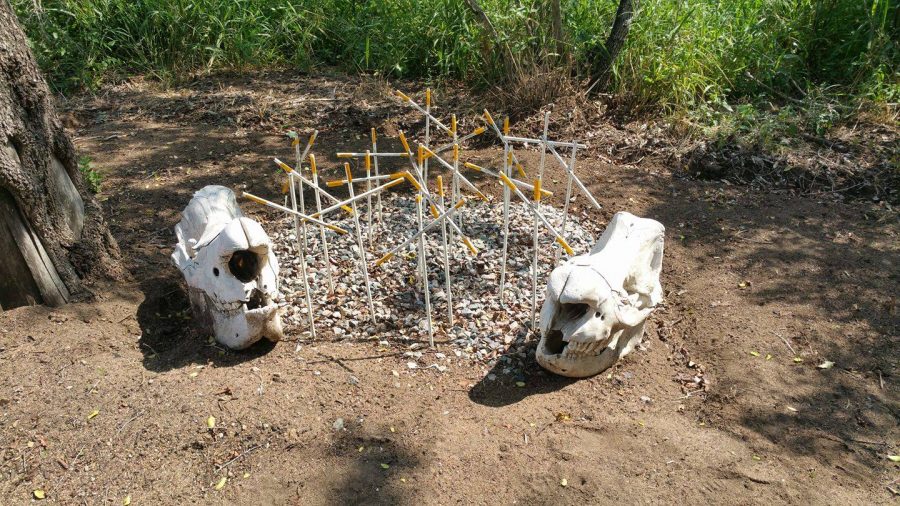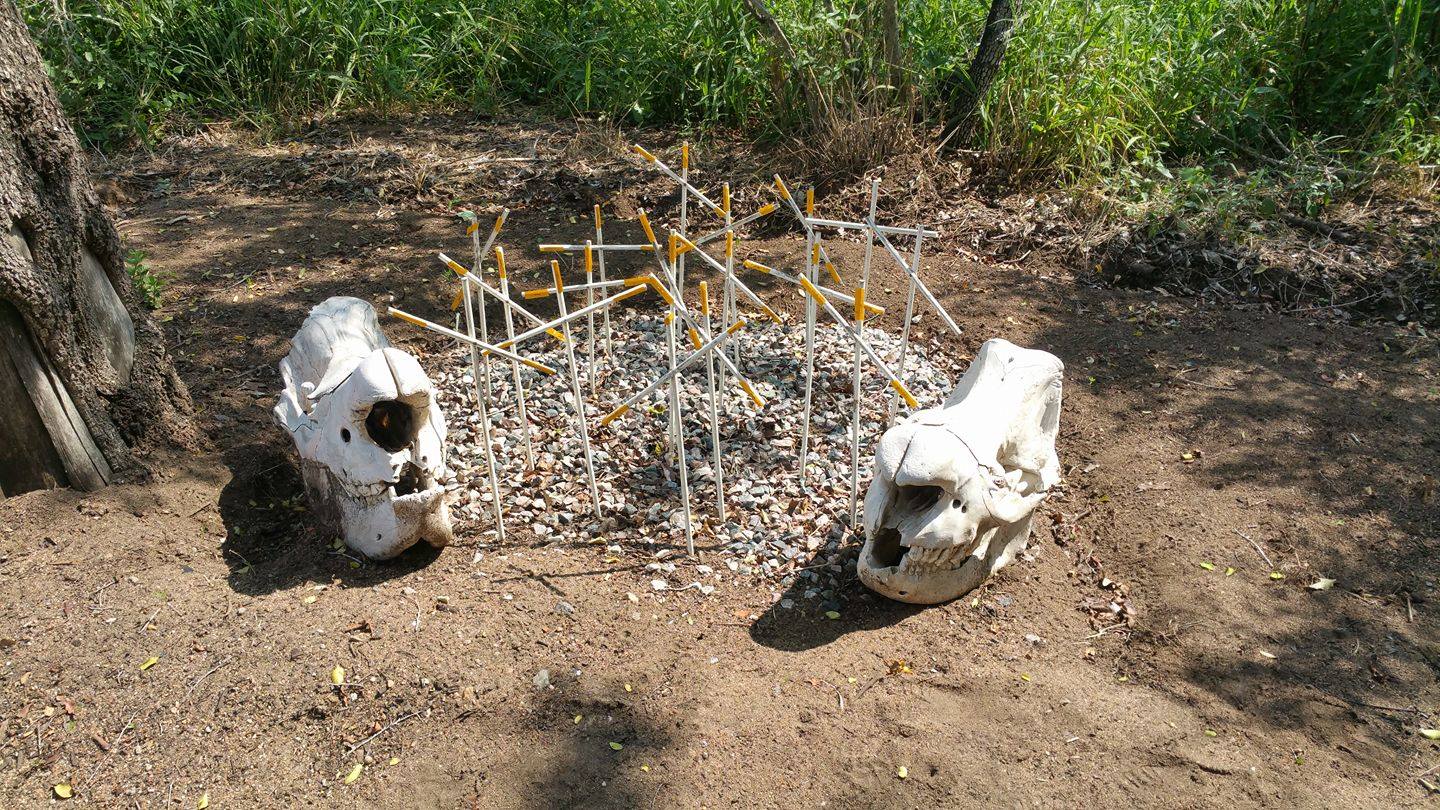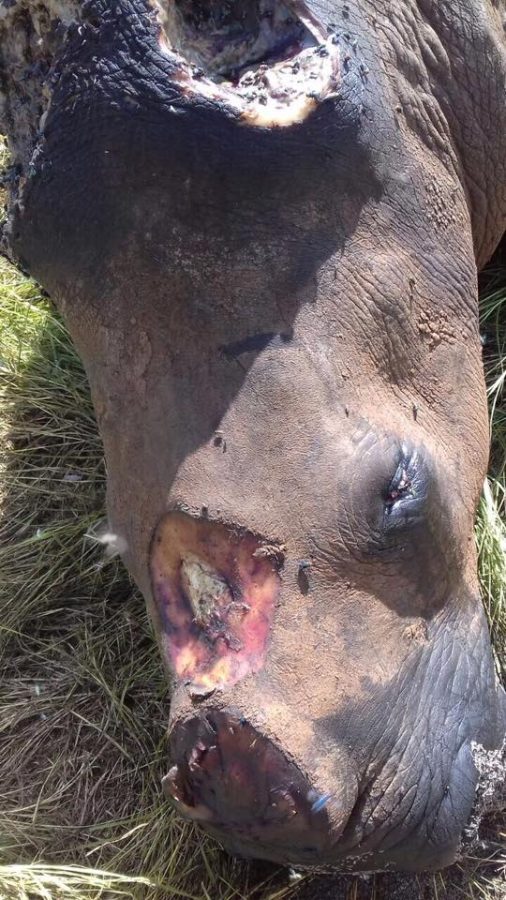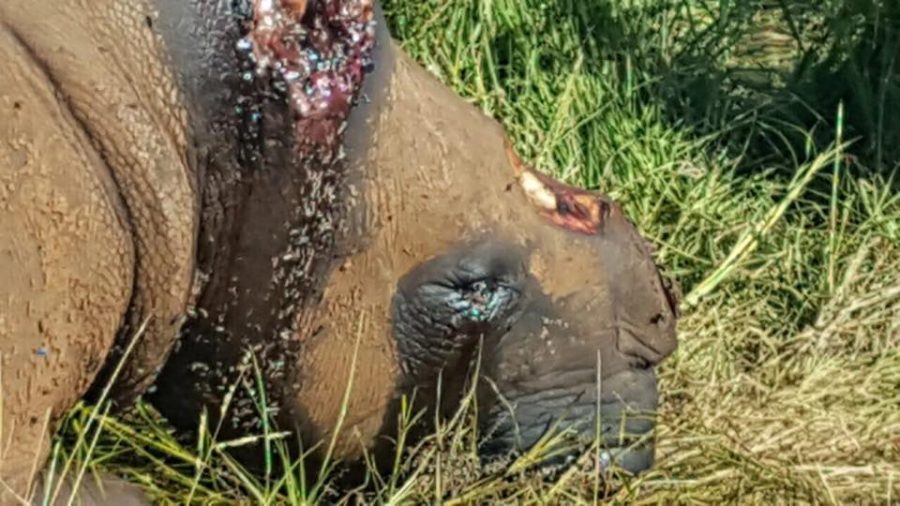
The Messages the Kruger National Park Wants to Send Poachers
While most wildlife conservationists are calling for the South African government to reveal more frequent updates on the number of rhino poached in South Africa, it appears that SA National Parks (SANParks) disagrees that this would be useful. In fact, SANParks believes rhino poaching statistics can send the wrong message. At a stakeholder seminar at the Nombolo […]

While most wildlife conservationists are calling for the South African government to reveal more frequent updates on the number of rhino poached in South Africa, it appears that SA National Parks (SANParks) disagrees that this would be useful. In fact, SANParks believes rhino poaching statistics can send the wrong message.

At a stakeholder seminar at the Nombolo Mdhluli Conference Centre in Skukuza on Saturday 11 March, SANParks presented “Targeted messages to Rhino poachers?” which is a basically a guide on how to be more sensitive in the messages sent to poachers to achieve what we all want to achieve – the protection of the rhino. (See below.)
According to the Kruger National Park (KNP), when poachers read about the number of rhinos in the country, they hear “there is a product”. Instead, KNP says, the focus should be on there being well managed rhino populations… which would send a message that “it’s not easy to get horn”.
KNP says when poachers read about the number of rhino poached, they hear “it’s easy to get horn”… when instead the angle in reports should be on the poachers being “caught, killed, sentenced and assets forfeited”, so that they realise “it’s not worth the effort”. (In this instance, it would probably really help if the government also played its part and wiped out alleged corruption in the court system… so that more poachers were sentenced, and that alleged poachers were dealt with more swiftly.)
SANParks says when poachers read that the price of horn is high, they interpret that as meaning “there’s money in it”… and whilst most of us are horrified by the fact that the rhino may become extinct during our lifetime, in the criminal mind this is only more incentive to invest in poaching at any cost… because extinction would mean an increase in price.
Instead, poachers need to hear that the rhino will not become extinct and their horn is therefore not a good investment.
While SANParks’ proposal certainly has some merit and the threat of extinction being a lure for poachers is a real danger, it’s a catch 22 because the reporting of the horrors facing the rhino also results in more donations towards the protection of the iconic species. The recent horrific poaching of two rhinos at Thula Thula Rhino Orphanage resulted in about R750,000 being raised in 17 days on one fundraising website alone.
Plus, publicising the devastating statistics and the threat of extinction also leads to a larger international outcry and subsequent influence over key decision-makers in the rhino horn trade… from governments around the world to aircraft that do or do not allow rhino horn to be transported on their carriers.
The bottom line is that most of those involved in poaching within South Africa – by revealing insider information or actually committing the atrocities themselves – aren’t attracted by statistics they read in the press… they’re being offered wads of cash (or higher than their normal salaries) in person by people higher up in the criminal syndicates.
And it may be a little late to send messages to those higher up the criminal chain that rhino are not facing extinction… since international articles and film documentaries have already broadcast their tragic plight if something constructive isn’t done immediately.
Some may say that as the Department of Environment moves to reinstate the legal trade in rhino horn in South Africa (which they believe would help manage the rhino poaching crisis better), this is yet another ploy to keep information confidential from conservationists… under the guise of caring.
And what will happen if we all start pretending that the rhino are doing just fine and do not face extinctino? Will poachers and rhino horn customers fade away… or will the rhino just be killed off one by one without us even noticing? Or, in the words of one conservationist: by Ford keeping quiet about the Kuga vehicles catching fire, did it make less vehicles catch fire?
Allison Thomson, co-founder of Outraged SA Citizens Against Poaching, said on Friday: “It is time for us to demand that the Department of Environmental Affairs keeps a daily tally on their website of rhino poaching stats. Updated daily! The citizens of SA have a right to know what is happening.
“It is a sad state of affairs when an organisation like ours has to keep track and keep the public informed. It is the least they can do. Big salaries and little transparency. Private rhino owners, anti poaching units and reserves have a right to know where hot spots are without having to engage with us to get this information. We need to demand better transparency from them!”
SANParksKNP message comes just a day after an unbelievable 14 rhino were poached in several provinces across South Africa within a 24 hour time period. At the time it was reported that there were 13… but tonight (Saturday) Pilanesberg National Park & Wildlife Trust advised “with such heartache” that another poached rhino had been discovered near two others in their sister Park, Madikwe Game Reserve.
The site’s admin said: “This is really an incredibly disturbing week and it seems the horror is unending ….???”
Pilanesberg said: “Please, keep the awareness alive. People need to know there is ZERO value to Rhino horn. They are fooled into believing there is something to be gained from this combination of hair and nail!”
With today’s sad news, Pilanesberg uploaded the following two images, warning that they are graphic… BUT “this is the reality that rhino are facing every single day!”.


Do we look away and send messages that this is not happening? Could it help preserve more rhino? Perhaps. Perhaps not.
One Hoedspruit resident who was at the function said: “I didn’t hear anyone say we should pretend everything is alright. I think messaging is important. When the Asian market hears shrill shrieks of “extinction” they think stockpile, this product is going to climb exponentially in value.”
On Friday Thomson called for NGOs around the world to please assist in raising funds to set up a reward for information leading to the arrest of any perpetrators involved in the rhino deaths. Please contact Allison Thomson at OSCAP.
SANParksKNP: Targeted messages to rhino poachers
Please note: where SANParks suggests letting poachers hear ‘sustainable legal medicine’, they mean that customers (in the largely Asian market) should be taught that sustainable legal medicine is far superior to using illegal medicine such as rhino horn.
@SANParksKNP Key messaging on Rhino Poaching. pic.twitter.com/nK4B4JLXfA
— Kruger National Park (@SANParksKNP) March 11, 2017
Wildlife Conservation: How to Safely Dehorn a Rhino
One way to combat poaching…
The message poachers should definitely get:
"ATTENTION POACHERS"
You DO NOT want HULK coming for you!!#bewarned #antipoaching #rhino #unitethefight @EleRhinoMarch @sapeople pic.twitter.com/HFFf1xkDAM— Pit Track (@PitTrackK9) March 11, 2017